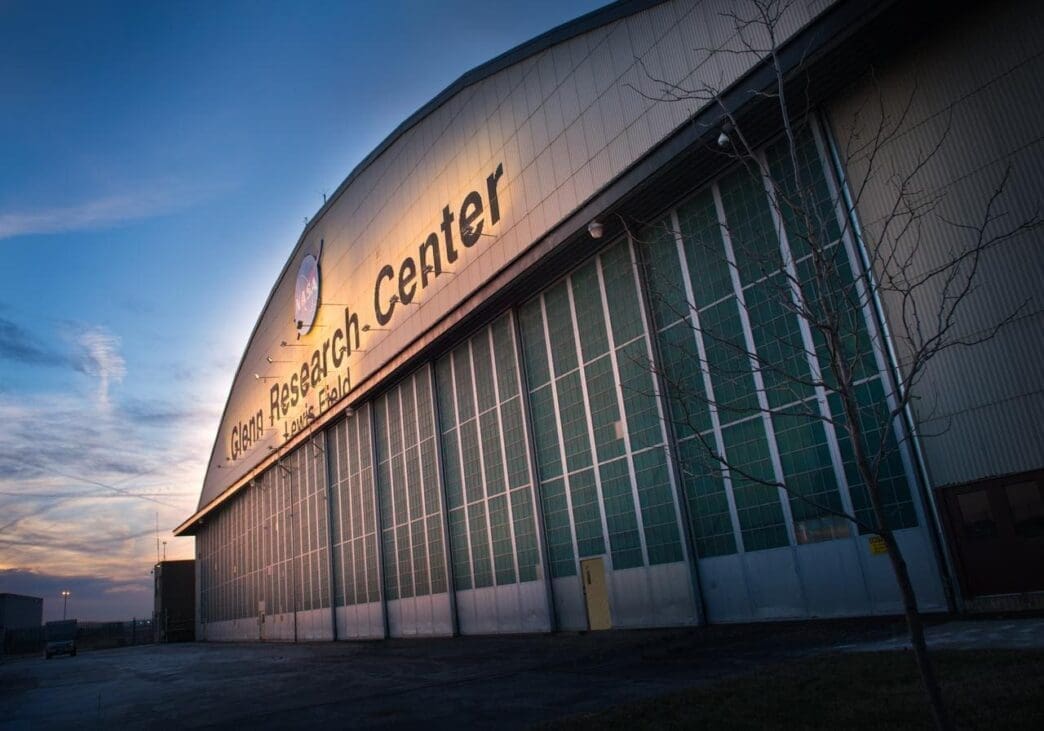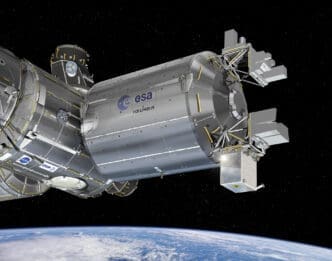At NASA’s Glenn Research Center, safety is not just a concept—it’s a commitment. Whether you’re a contractor or a staff member, understanding the protocols is essential. This article explores the safety measures in place, fostering a secure environment.
From managing thermal stress to accessing permits, we guide you through the essential construction safety procedures at Glenn. Are you ready to dive into a world where safety meets innovation?
Understanding Points of Contact
Navigating NASA’s Glenn Research Center requires knowing who to call when safety issues arise. Eli McDivitt, Janet Lane, and Mike Schmidt are your go-to contacts. Each plays a pivotal role in ensuring safety standards are upheld, from managing construction sites to addressing industrial hygiene. These individuals are the backbone of Glenn’s safety network.
Accessing Educational Material
Safety education is at the forefront at Glenn. With resources like the OSHA Fall Protection Campaign and training videos on respiratory protection, individuals are well-equipped to handle on-site hazards. These materials are designed to keep safety knowledge fresh in everyone’s mind.
Ever wondered about crane safety or nail gun protocols? Glenn offers guidelines on these topics too. These resources ensure every worker is informed and prepared for their specific tasks, reducing potential risks.
Forms: Your Key to Compliance
Forms are more than just paperwork—they’re a critical part of Glenn’s safety protocol. From hot work authorizations to fall prevention plans, each form serves a unique purpose. It’s crucial to access and complete these forms before beginning any project, ensuring all safety measures are in place.
Some forms, like the confined space entry permit, require specific attention. These documents must be meticulously filled out to safeguard both workers and the environment. Their completion is non-negotiable.
Understanding the specifics of each form is essential. The GRC199 series, for example, involves detailed checklists and verifications crucial for confined spaces. Thorough completion can prevent accidents.
Frequently Asked Questions (FAQ)
Navigating NASA’s safety protocols might lead to some questions. From understanding acronyms to learning about HASPs, the FAQ section is here to help. These resources clarify the often complex safety requirements contractors must adhere to.
Need clarity on OSHA regulations at a federal facility? Or understanding how to access SharePoint for HASP processing? You’ll find this information here, streamlining compliance processes.
With a detailed FAQ, contractors and employees alike can ensure they’re following every necessary safety measure, minimizing risks.
Thermal Stress Management
Management of thermal stress includes training sessions aimed at recognizing and mitigating risks. Workers are taught to monitor temperatures and adapt work/rest cycles accordingly. Detailed guidelines provide actionable steps for maintaining safety in variable conditions.
This section also covers precautions like having warm beverages available and scheduling tasks during the warmest parts of the day. These measures are designed to reduce the risk of thermal stress injuries significantly.
Air Quality Monitoring
Workers must consult air quality data before beginning tasks that require outdoor exposure. Informed decisions help maintain a safe working environment, reducing health risks.
GRC Manuals and References
Other documents, like the Environmental Programs Manual, complement these guidelines, ensuring comprehensive coverage of all potential safety issues. Consistent reference to these materials is key to maintaining safety standards.
These manuals, including portions on specific permits and training, provide a robust foundation for all safety activities at the facility. Regular consultation is advocated to keep safety protocols current.
Thermal Stress Combat Strategies
Conducting work in extreme conditions requires stringent adherence to guidelines. Supervisors are advised to remain vigilant, ensuring work/rest cycles are properly adhered to. Every worker must prioritize personal safety by engaging in these established protocols.
These strategies also include practical tips like having a warm rest area nearby with access to beverages. Glenn’s emphasis on these details highlights their commitment to worker safety.
Real-Time Air Quality Updates
Access to real-time data helps workers plan their day effectively, ensuring that no tasks are undertaken when air quality might pose a risk.
Safeguarding Through Information
By prioritizing safety and ensuring that all procedures are meticulously followed, Glenn Research Center stands as a model for construction safety. Workers and contractors can confidently perform their duties, knowing that their safety is NASA’s top priority.
Glenn Research Center’s commitment to safety is evident in its detailed procedures and resources. Every effort ensures a safe working environment.
They leave no room for compromise, making safety at Glenn an unparalleled priority.







